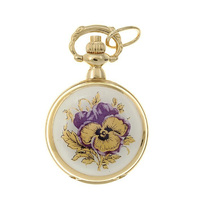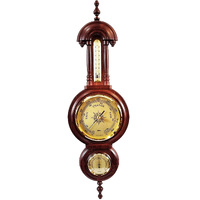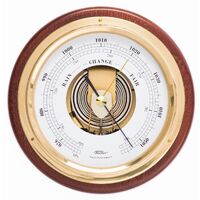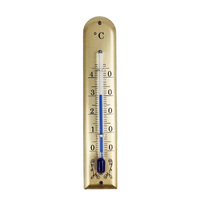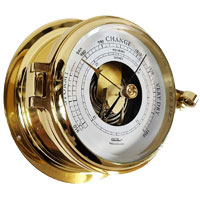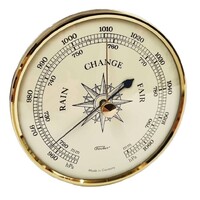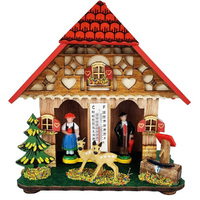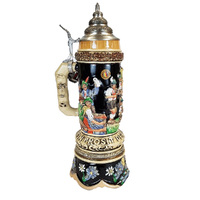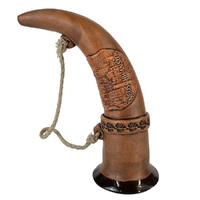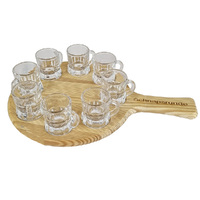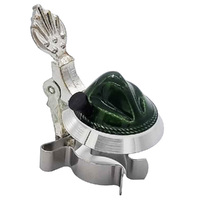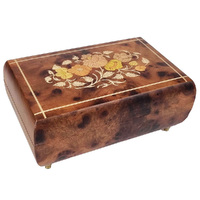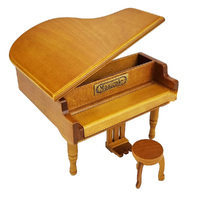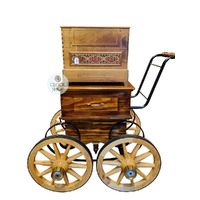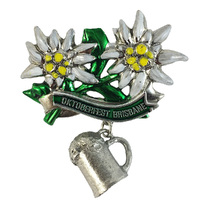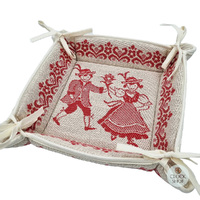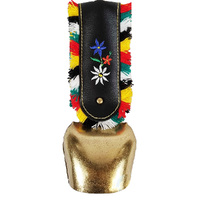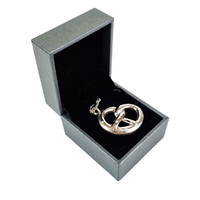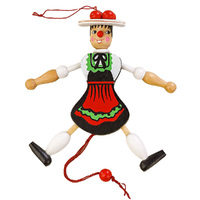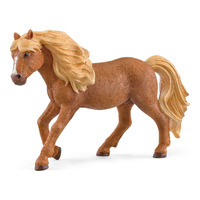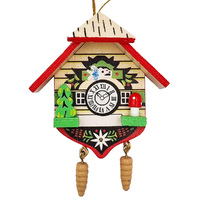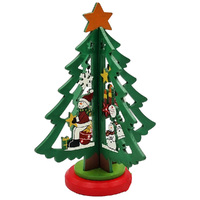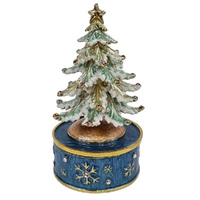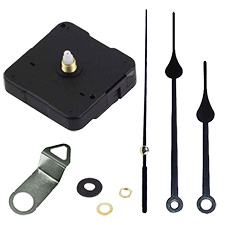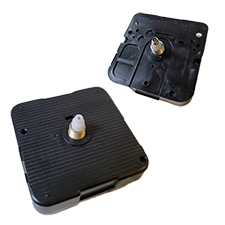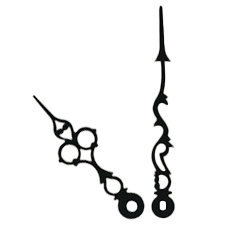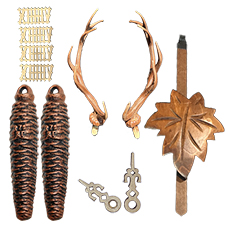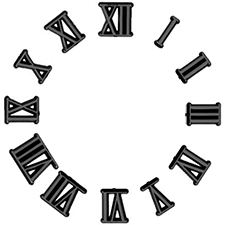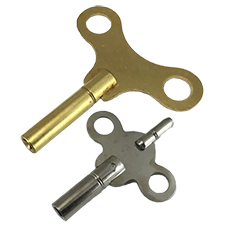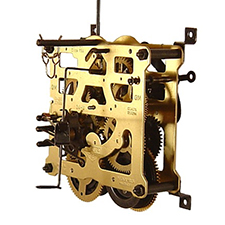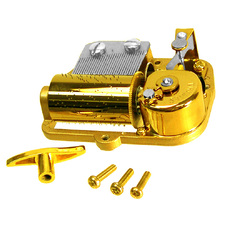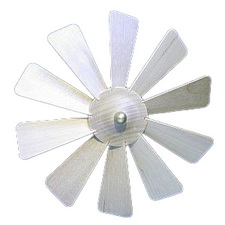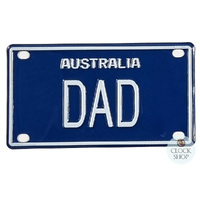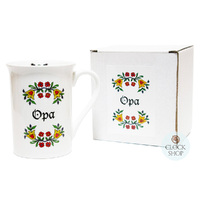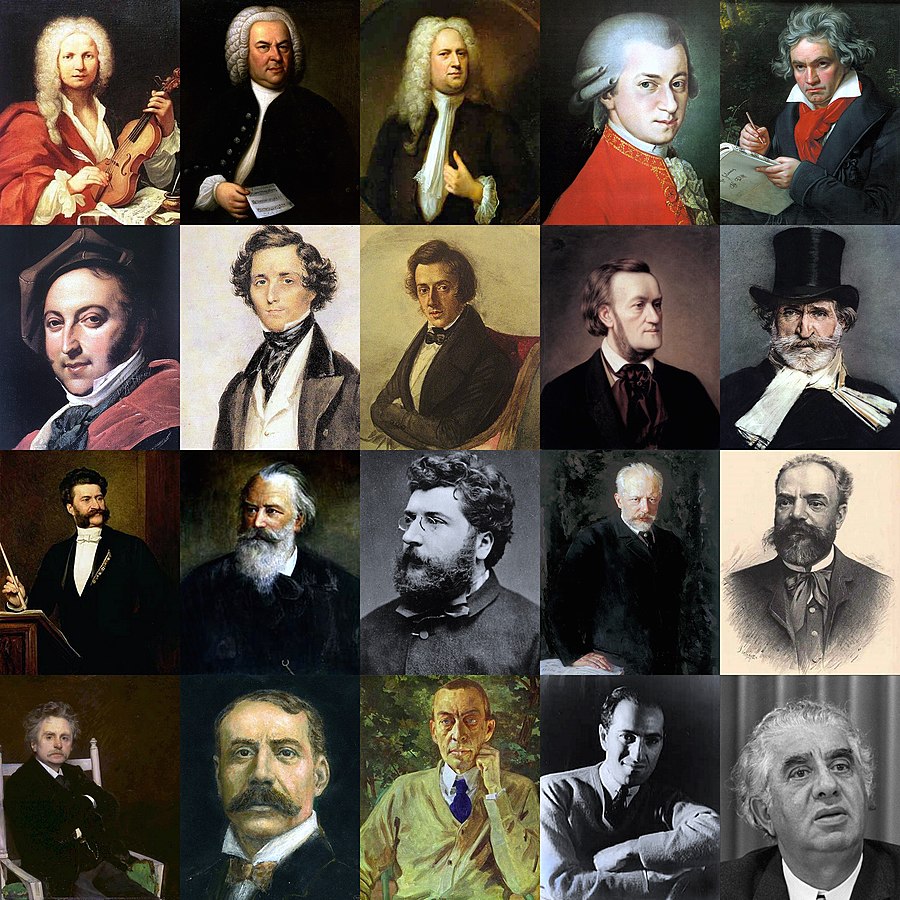Connecting To Our Past With Music

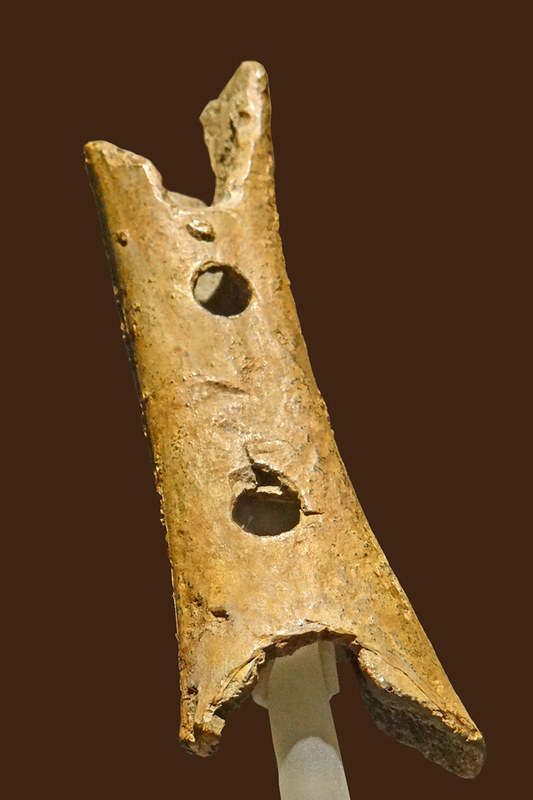
For as long as humans have existed, the concept of music has also existed. Over 1 million years ago, the common ancestor to humans and Neanderthals exhibited the vocal anatomy to sing. 50,000 years ago the ‘Neanderthal Flute’ was used in modern day Slovenia, whilst bone pipes from swan and vulture wings were used 40,000 years ago- both believed to be some of the earliest existing physical musical instruments that have been found to date. It can be theorised that music has been deeply rooted into all cultures of the human species for as long we have existed. Simple methods to make rhythm have probably existed for hundreds of thousands of years, if not longer, using methods such as hitting rocks, wood or sticks together, as well as clapping our hands together. These softer materials would not have survived in the fossil records, so it is impossible to know for certainty how far back the origin of music dates. It is clear to see that music is a cultural universal that is enjoyed in many forms across the entire world, and so we can theorise that it has been this way for at least tens of thousands of years already across all cultures and ways of life. Music unites us, bringing us together, and has been produced as far back as recorded human history goes. So without a doubt it has existed in some primitive form for eons.

The invention of a device to record and preserve a piece of music is a fairly modern creation- coming in the form of the phonograph in the late 1800’s. Prior to this, there was no way of recording music, and it could only be re-created through either written form or verbal means. It also means that many older musical pieces have probably been forgotten through the generations and thus unfortunately lost to time. The world of music in our modern day is significantly different to the world of music just 200 years ago. Today we have a plethora of music available at our fingertips at all times. We think of a song, and have the ability to hear it in real time on a streaming device. Musicians can share their music with the entire world with a click of a button, rather than being limited to their own local area and social groups. Music is now accessible to everybody on the planet. Some forms of music are produced entirely through electronic means, whilst others which were once limited to social groups or tribes can now be shared with the world. This world opens up so many possibilities, allowing both modern and older musical pieces to be produced and shared with the world in so many ways. Humans of the 21st century are able to enjoy the same pieces of music that were enjoyed by humans of the earlier periods, and that in itself is a beautiful thing. Though life may be vastly different across the generations, music truly represents a means of bringing people together from all walks of life, and from different eras in history. We can listen to the same music today that people danced to in lavish ballrooms 300 years ago, or sing the same songs that have been sung in churches for 1000 years. Because of our modern inventions of recording music, we can enjoy many melodies that have existed for a long time.
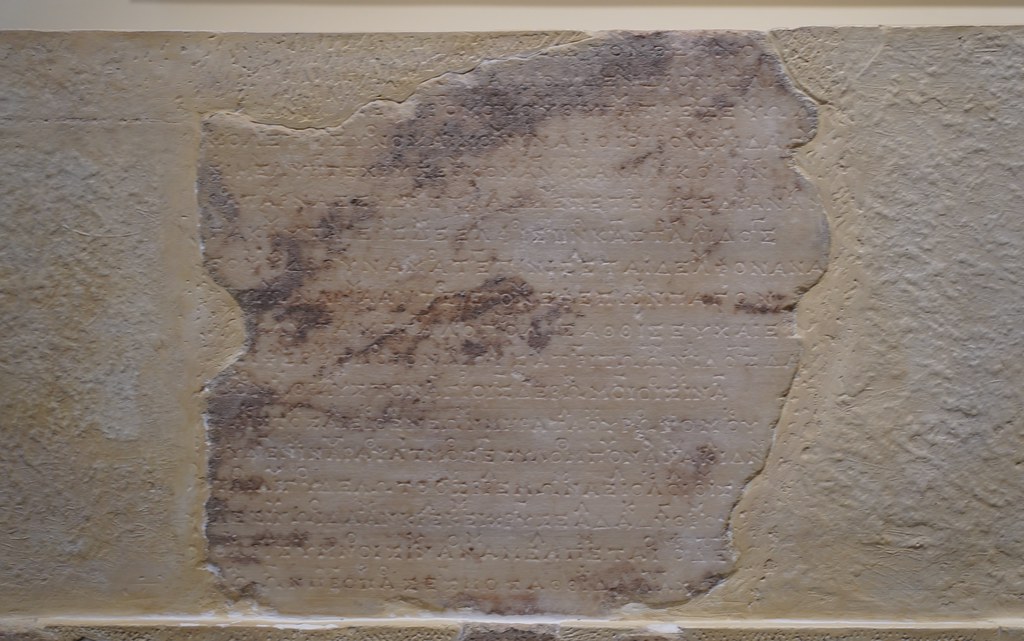
Today, church goers still sing the same religious hymns that were sung in churches as far back as the 1st Century CE. The oldest existing English song named ‘Sumer Is Icumen In’ dates back to 13th Century medieval England and was written in Wessex dialect. Today, we can listen to the song in a 1973 film titled ‘The Wicker Man’. In addition, the Delphic Hymns are a set of 2 Ancient Greek musical pieces that date back to 128 BC, written for a performance at the Athenian Pythaides. Today, several modern recordings of the hymns exist, allowing us to connect with our ancient ancestors in ways we could have never imagined. The emotions that our ancestors would have felt when listening to a piece of music are shared with our generation, thousands of years later.
One of the most popular styles of music commonly reproduced on musical devices today is from the classical and Romantic periods, from the 1700s to the mid 1800’s. Some famous composers from these periods include Wolfgang Amadeus Mozart, Johann Strauss, Franz Schubert, Claude Debussy, Joseph Haydn, Ludwig Van Beethoven and Pyotr Ilyich Tchaikovsky. Names that certainly need no introduction, nor do their tunes which are listened to far more frequently today than when they were originally produced. Whilst modern beats dominate the charts of the modern world, from the Beatles to Beyonce, we are finding more and more people are wanting music from the classical era, and as such it is commonly represented in music boxes, jewellery boxes, in the opera and within sound machines. By studying classical music, scientists have discovered that classical music produces a calming effect, releasing dopamine in the brain, which prevents the release of stress hormones. This is why classical music is commonly played during tasks such as essay writing or studying, and why it is commonly played to help lull young babies to sleep.
So how does a music box work?
First invented in the late 1700’s in Switzerland, the original version of a music box was a device that used flat metal prongs plucked around a metal cylinder to produce a sound. The early forms of music boxes ranged in size from a loaf of bread up to the size of a large dresser. They were commonly reserved for the wealthier families due to their cost, however over time they reduced in size and cost to become more affordable for everybody. Their case design improved, and more teeth were added to produce a greater sound.
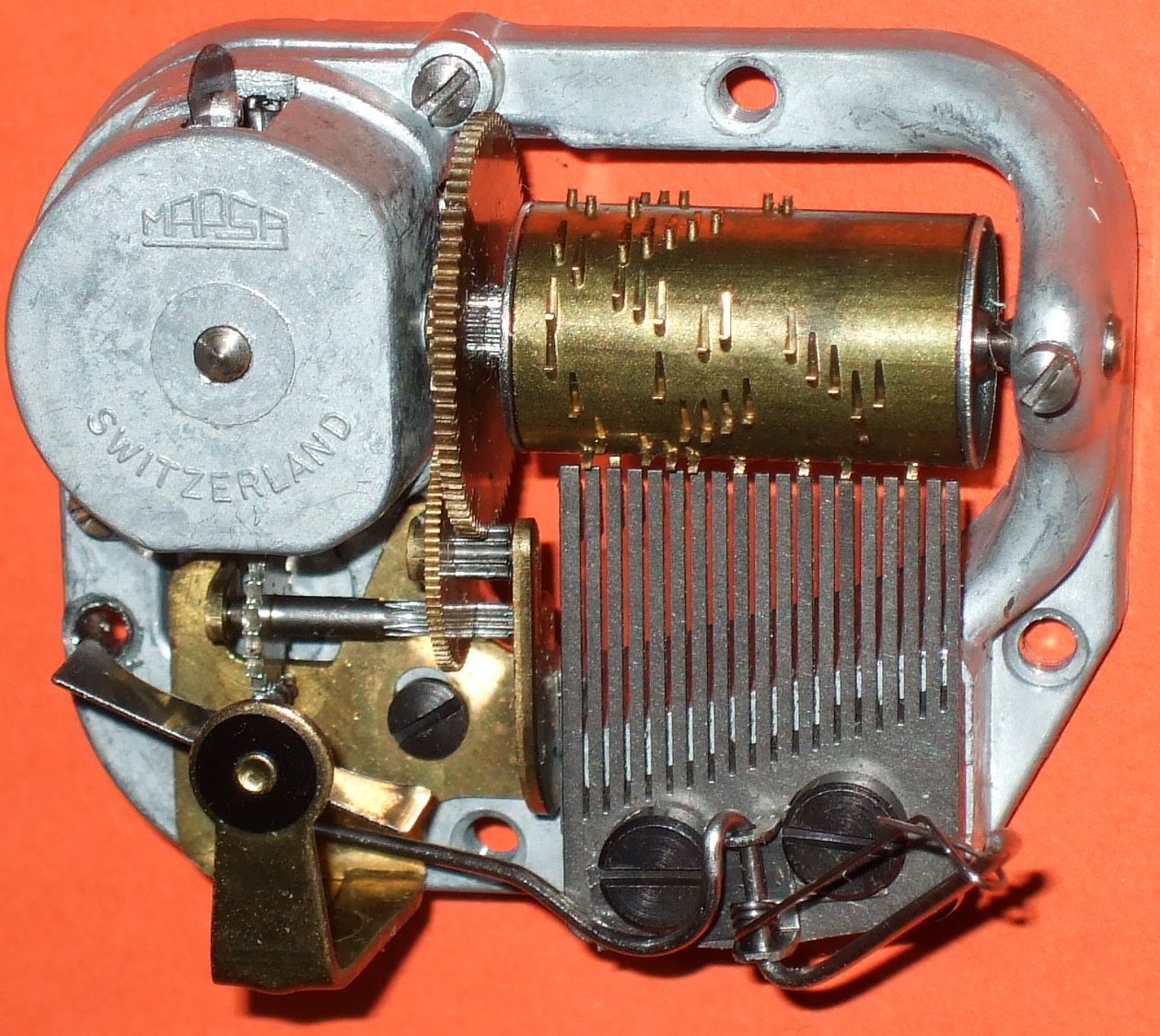
A modern music box features a rotating metal cylinder that plucks protruding prongs along a steel comb. The deeper the teeth are cut into the comb, the lower their pitch when plucked. As the metal cylinder revolves, the metal teeth are plucked resulting in them vibrating in a particular sequence, producing musical notes. The sequence of notes is determined by the arrangement of projections on the cylinder. The resulting sounds resemble famous well known tunes, and today, there is a plethora of tunes available in music boxes, both modern and classical in era.
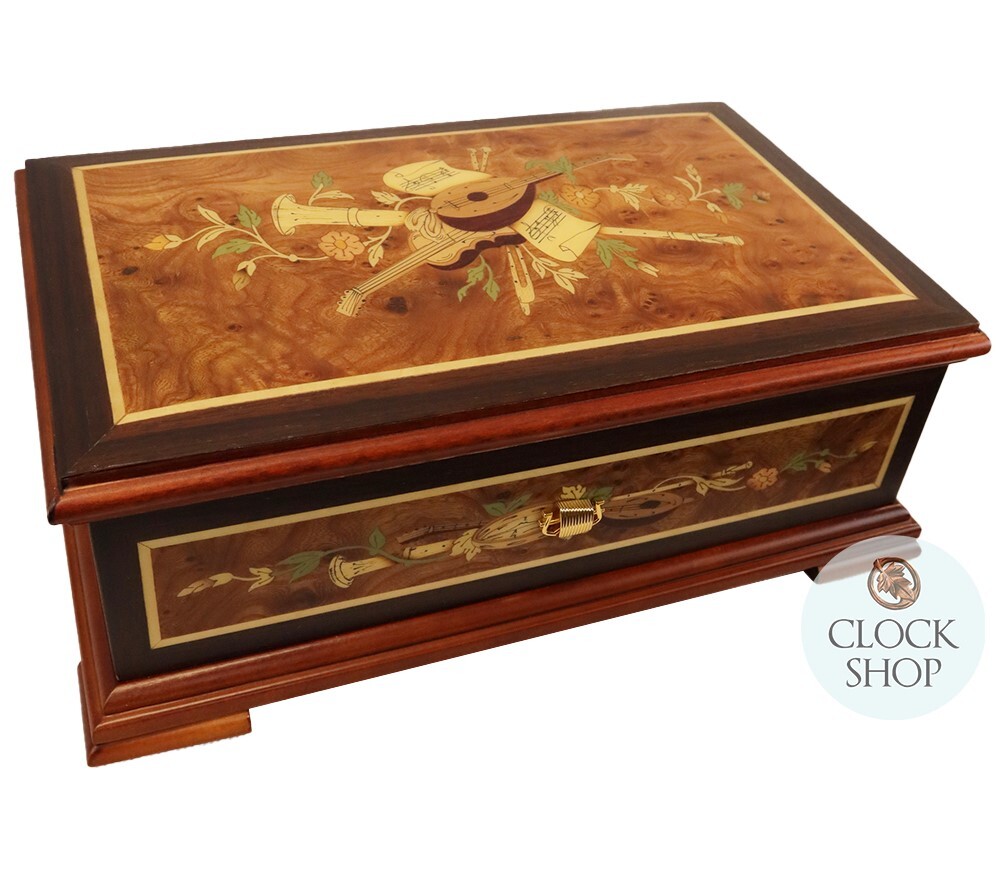
Music boxes of all types have been collectors items for generations. In fact, many musical jewellery boxes that exist today have been handed down the generations, often accompanying nostalgic memories from our mothers or grandmothers as they transport us back to our childhood. They come in a variety of forms, from vintage music boxes, to ballerina music boxes, to jewellery boxes, to novelty music boxes, children’s music boxes, and custom designed pieces to suit any taste or request. These timeless keepsakes are popular across all ages, from babies and young children, to teenagers, adults and even in the elderly. They are elegant in design, and crafted of the highest quality. There truly is something for everybody.
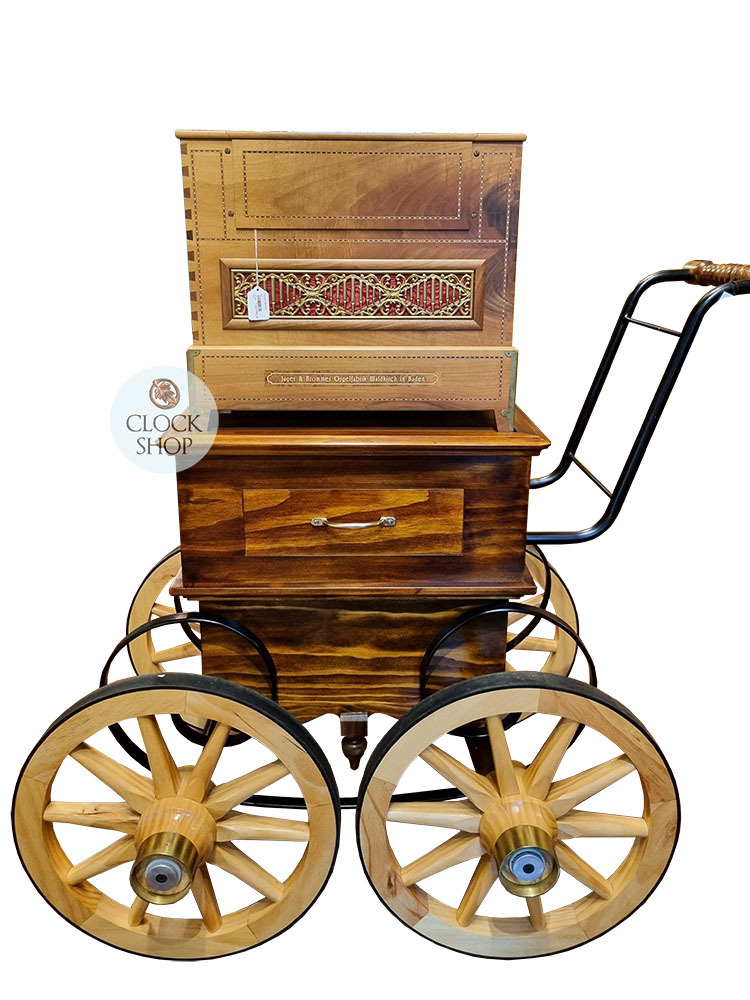
Here at Clock Shop, we cater for a range of tastes and budgets, with our carefully selected range of music boxes and musical jewellery boxes imported from France, Italy and Germany. These wind up music boxes are a true technical piece of engineering, and are suitable for a range of ages. We even stock a one-of-a-kind barrel organ, representing a true design from yesteryear. Traditionally, large barrel organs were found mostly in churches across Europe, gaining popularity in the 20th century as street organs and fairground organs, as well as feature items at modern day German Christmas markets. Traditional barrel organs, otherwise known as roller organs or crank organs consist of bellows and one or more ranks of pipes housed in a decorative wooden case. Music is played from the organ by turning a barrel, with notes arranged inside by particular pins to produce truly unique and beautiful melodies that you will never tire of listening to.
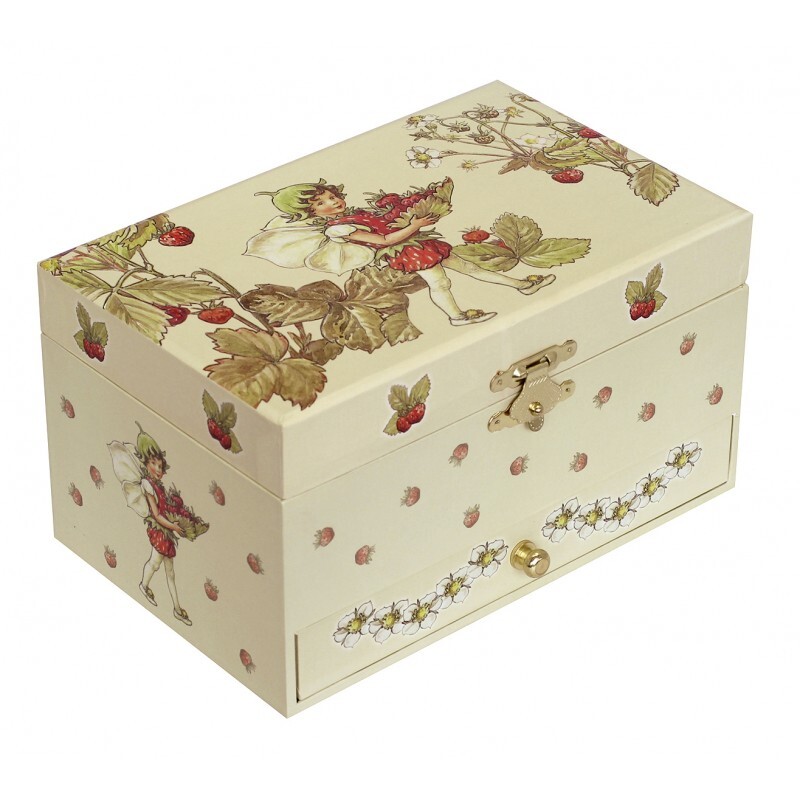
The newest range of music boxes to arrive at clock Chop are from Trousselier, a French based company who embody stylish and sophisticated pieces designed especially for childhood. Created in 1972, Trousselier offers traditional products and accessories for children, including magic lanterns and music boxes. Many of these have been designed with well loved characters and figurines, including Peter Rabbit and the Flower Fairy Series by Cicely Mary Barker, along with famous fairy tale characters like Little Red Riding Hood. Trousselier is the perfect choice for keepsake gifting that will last a lifetime, offering a range of music from classical composers of the Renaissance, from Mozart to Tchaikovsky and an assortment of popular melodies. Let yourself be enchanted by this fairytale world that will take you back to your childhood, and allow your own children to be taken to the land of dreams with these sweet music boxes.
Music has certainly come a long way over the history of human evolution, and today we get to enjoy the beautiful music from yesteryear all thanks to modern recording inventions, allowing us to share in the same beautiful melodies that our ancestors have done for thousands of years.




















